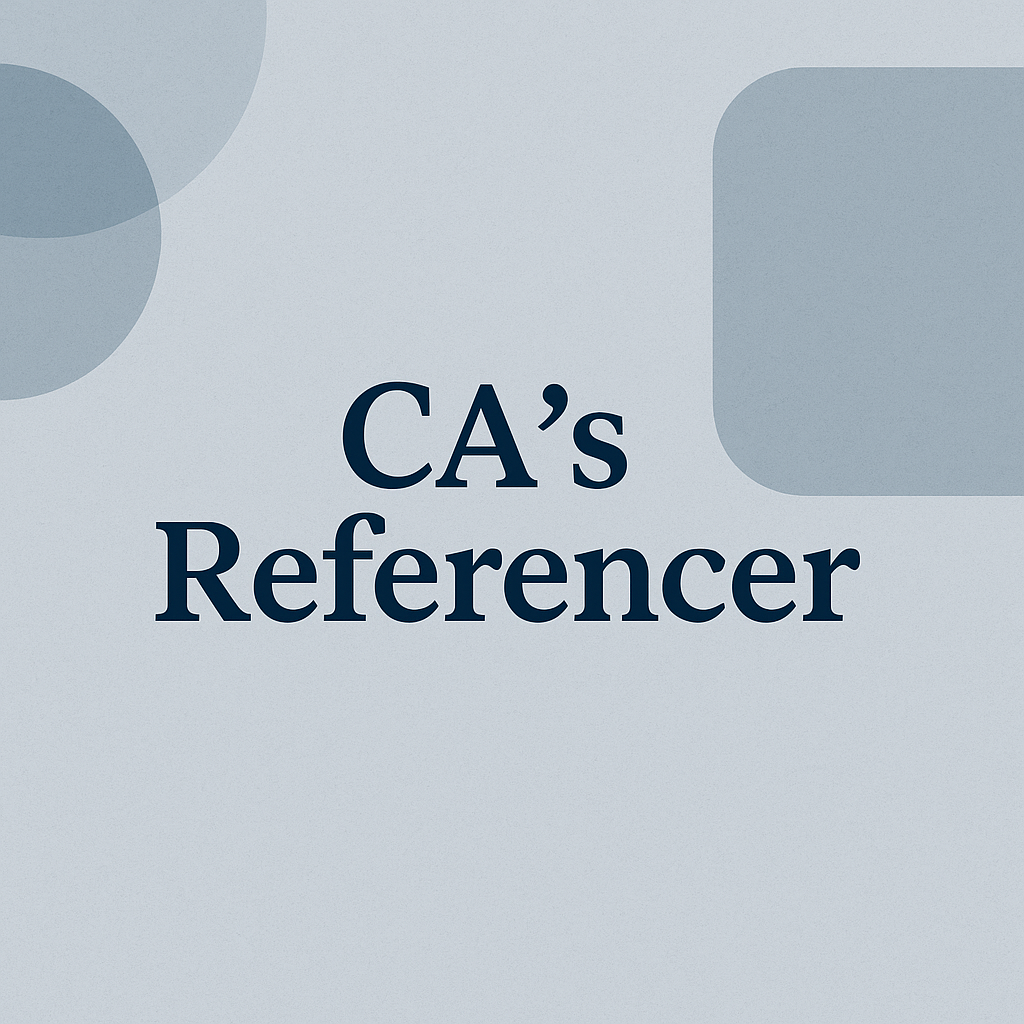Loan via UPI: Soon you can use UPI to withdraw money from credit line taken against property, gold, FD, share, MFs, others
Jul 20, 2025
Synopsis
Starting next month, NPCI's new guidelines will allow users to access loan amounts against their FDs, shares, gold, and property directly via UPI. This will also enable cash withdrawals, P2P, and P2PM transactions, expanding beyond the previous P2M limitations, allowing smooth transactions using various apps. All stakeholders have been asked to put the necessary infrastructure in place before August 31, 2025
Starting next month, there’s going to be a big change in how we use the overdraft facility through UPI. The NPCI (National Payment Corporation of India), in a circular dated July 10, 2025, has outlined new guidelines for linking pre-approved credit lines to UPI.
From next month onward, funds sanctioned by credit lines from financial institutions, and backed by fixed deposits (FDs), shares and bonds, properties, gold, and more, will be directly accessible through UPI. In simple terms, you will be able to link your loan account, supported by FDs, shares, bonds, and even your personal or business loan overdraft, to your UPI for smooth transactions using various apps like Paytm, PhonePe and others.
According to the circular, all UPI member banks, PSPs (payment service providers), credit line issuers and third-party app providers (TPAPs) have been instructed to implement the necessary changes before August 31, 2025.
In the past, UPI allowed only P2M transactions with a pre-approved credit line. The new circular now permits cash withdrawals, P2P transactions, and P2PM transactions using your bank's credit line. P2PM transactions involve small merchants with monthly UPI transactions under Rs 50,000.
Suppose you have taken a business loan to grow your shop. Now, you need to pay a contractor Rs 2 lakh from this account. Right now, you have to make a bank transfer through your business loan account since you cannot currently link this loan account to your UPI. But starting August 2025, you’ll be able to make UPI payments directly from this business loan account.
However, as great as it sounds, there are still a lot of unclear details about how this will work. How will this change affect your everyday transactions, and what should you be aware of? ET Wealth Online breaks it down.
What is a credit line on UPI?
As explained on the NPCI website, a pre-sanctioned credit line on UPI allows you to get a pre-approved credit line from your bank, which you can immediately then link to your UPI for making transactions. A credit line is essentially a pre-decided amount you can borrow from any bank or financial institution, and is determined on the basis of your income and creditworthiness.
According to the NPCI circular, “In order to ensure consistent customer experience across interest-bearing credit lines, end use of such pre-sanctioned credit lines being linked to UPI shall be aligned with the purpose for which the loan was granted by the Issuer and the extant regulations applicable in this regard.”
Explains Rohit Mahajan, Founder and Managing Partner of plutosONE, “Bank-sanctioned credit lines for different types of collateral or credit categories, including FDs, shares and bonds, properties, gold, and even personal or business loans, now can be used through UPI. Therefore, as long as the issuer (bank or financial institution) has sanctioned the credit line and allowed the linkage to UPI, it (UPI) can now be used as a payment initiation channel for those transactions from an account of any credit line, collateral or otherwise”.
What kind of transactions can I undertake from my loan account?
Previously, you were limited to doing a P2M or person-to-merchant transaction using a pre-sanctioned credit line on UPI. But as per the latest circular, you will be able to make cash withdrawals, P2P (or person-to-person) transactions, and even P2PM transactions from your bank-issued credit line.
P2PM transactions generally involve small merchants and businesses, whose monthly inward UPI transactions are less than Rs 50,000.
According to the circular, “In addition to existing MCCs allowed for credit products, these MCCs shall be enabled by UPI Apps, Payer PSPs, Payee PSP’s and Beneficiary Banks for all types of transactions from these account types (Scan & Pay, Pay to Contact/VPA/UPI No., Self-transfer, Account + IFSC based transaction, Intent, etc.).”
However, these transactions can’t go over the daily limits set by NPCI. Right now, for both P2P and P2M transactions, you can only spend up to Rs 1 lakh via UPI in 24 hours. If you’re looking to withdraw cash, the daily cap is Rs 10,000. Also, you can’t do more than 20 P2P transactions in a single day. While NPCI proposes these limits, remember that individual banks may have different internal limits for these transactions. So, it’s a good idea to check with your bank.
Mahajan says that not all individuals might be allowed to undertake all three transactions on their loan account. “While the UPI infrastructure and member banks will technically support the executions of these transactions after August 31, 2025, it is up to the issuer bank to permit or prohibit these transactions based on legal, regulatory, and product restrictions. Thus, people can only conduct these transactions specifically if their issuing bank permits them based on the terms of use in their credit line agreement”.
Which accounts were previously eligible for a credit line on UPI?
Previously, you could only access funds present in your overdraft accounts and RuPay credit cards via UPI. However, from August 31, NPCI has introduced 10 additional credit line categories which are eligible to be linked and spent via UPI. These include:
Credit on FD
Credit on bond/shares
Credit on property
Credit on gold
Personal Loan
Business Loan
Unsecured Credit
KCC (Kisan Credit Card) loans
Reserved for future use
According to experts, while Kisan Credit Card or KCC loans are meant to provide timely credit for agricultural and related activities to farmers, the term ‘reserved for future use’ includes any new credit products or account types that aren’t currently defined, but could be ingrated into the future development of this systems or schemes without needing to completely re-design the classification.
Can I use my loan account funds for any purposes via UPI?
No. As the circular explicitly mentions, “Issuer shall, as per their board-approved policy, stipulate terms and conditions of use of such credit lines. Issuers shall also approve or decline transactions initiated via UPI as per extant regulatory guidelines, and defined purpose of the credit”.
In other words, the final decision on whether or not to approve a UPI transaction made from a loan account will rest with the bank which disbursed the loan. This will vary from bank to bank, depending on their internal policies. However, as mentioned in the circular, the UPI spending should not significantly differ from the purpose for which the credit was granted.
Adds Prabhu Rangarajan, Co-founder, M2P Fintech: “Based on their internal risk policies, banks can choose to allow or restrict specific merchant category codes (MCCs) such as P2P transfer, cash withdrawals, etc. Banks can identify the type of credit line being used and ensure that the funds are used only for their intended purposes.”
“For example, if a customer has a credit line backed by gold, the bank may allow its use for certain needs like paying hospital bills, but will restrict its use for activities such as gambling or even purchasing more gold. This approach helps banks maintain financial discipline and minimise the misuse of credit”, he highlights.
Challenges remain; the final decision rests with the bank
While experts are praising the move, calling it a pivotal step towards making credit access faster and promoting responsible use of bank-issued credit, challenges remain. The final decision on whether or not to allow UPI linkage of a loan account, or even on all transactions undertaken by the person from that account, will rest with the bank.
Individual credit use regulations issued by each bank will lead to complexities, especially for an individual who has loan accounts with multiple banks.
“Since the circular requires each transaction to be assessed by the issuer against the allowed intended user of credit, users may have declined transactions if their timing of the spending intentions appeared too inconsistent with the sanctioned purpose. There are also outstanding ambiguities about reductions and variations made by banks, as consumer credit policies have very little consistency across banks. Also, most consumers may not know the limits, allowed case uses, and technicalities of using credit lines via UPI from the outset”, adds Mahajan.
[The Economic Times]


